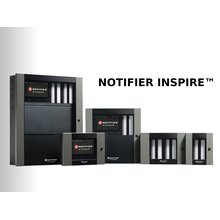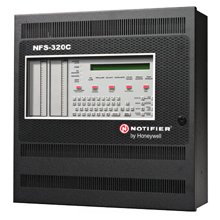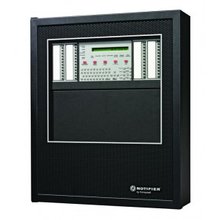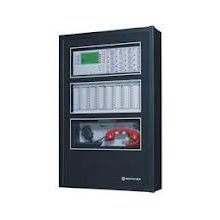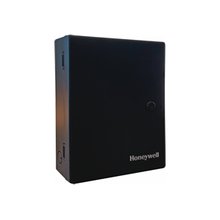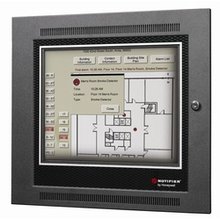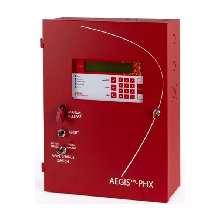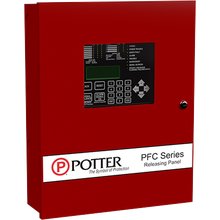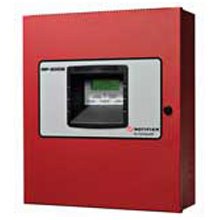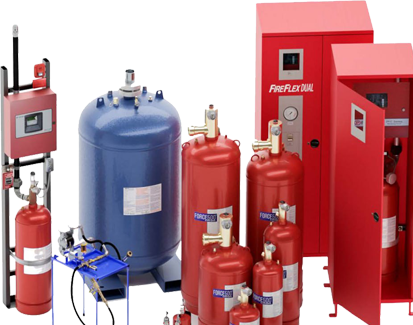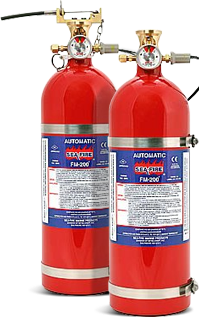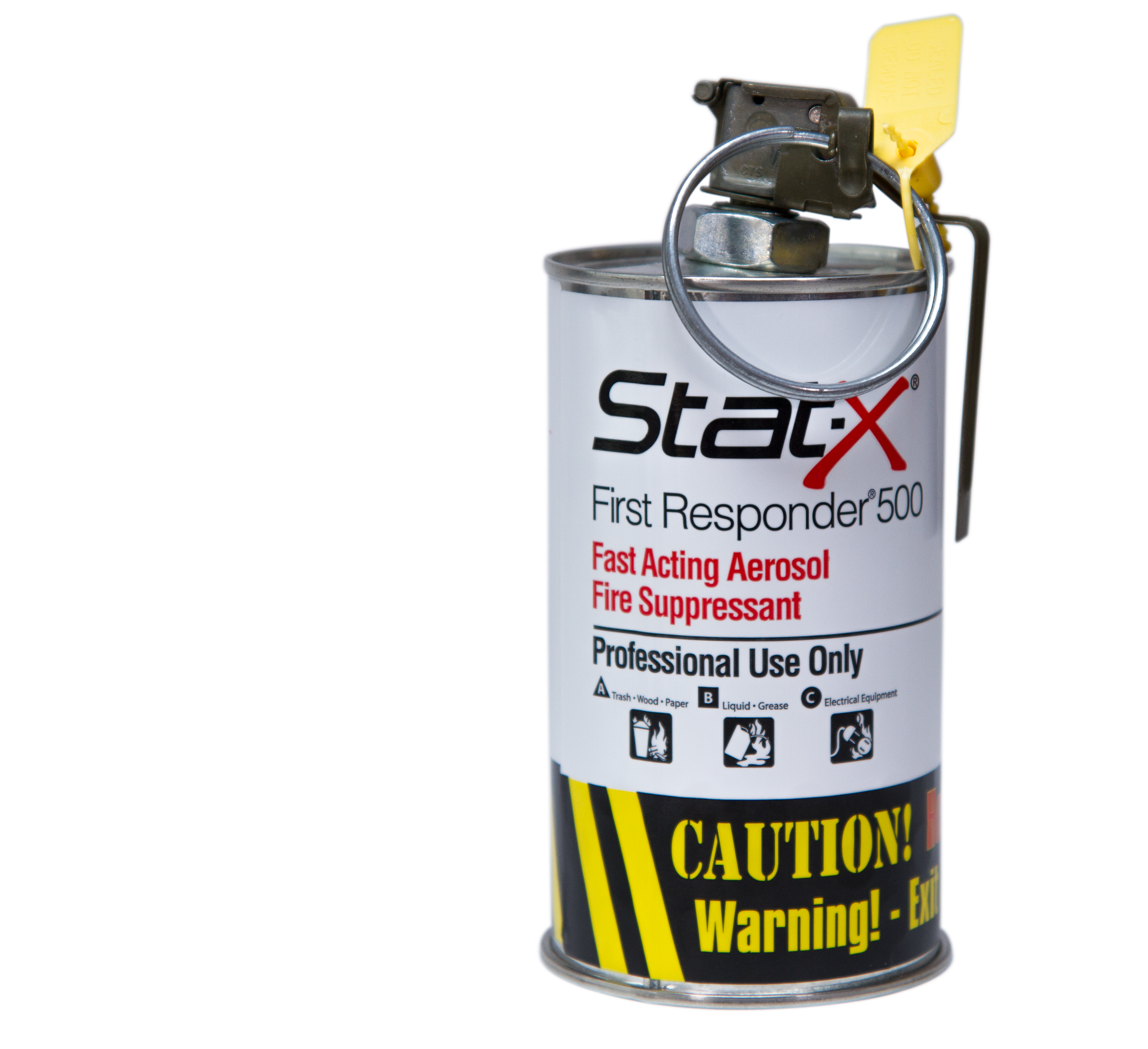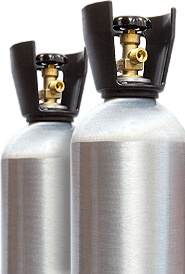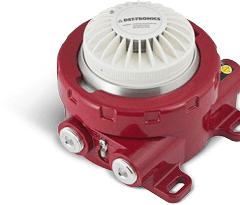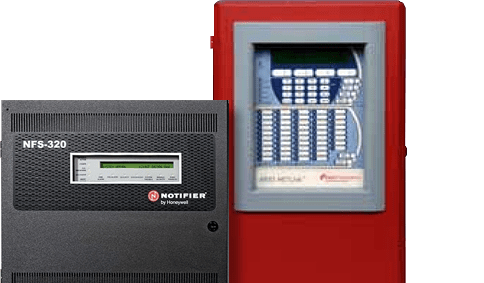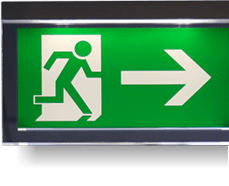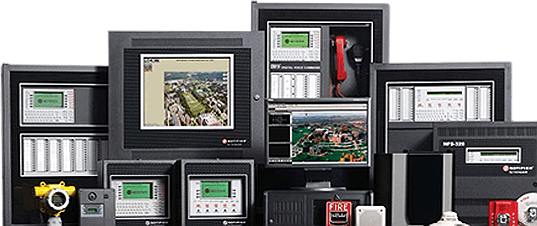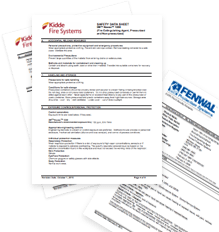Fire Alarm
Control Panels (FACP)
Fire alarm control panels are the central hub of any life-safety system. They receive signals from detection devices, make decisions based on programmed logic, and activate notification appliances and suppression equipment. The faster a panel identifies an issue, the faster people can respond — minimizing risk and downtime.
What Is a Fire Alarm Control Panel (FACP)?
A Fire Alarm Control Panel connects initiating devices (smoke/heat detectors, pull stations) with notification appliances (horns, strobes), suppression/release modules, and monitoring services.
Panel types
- Conventional (zoned) panels: devices are wired by zones. When a device activates, the panel indicates the affected zone and triggers alarms.
- Addressable panels: each device has a unique address, allowing pinpoint location, flexible programming, diagnostics, and easier maintenance—ideal for complex or growing facilities.
Signal types
- Alarm: possible fire; activates audio/visual alerts and signals the monitoring station/authorities.
- Supervisory: a condition that could impair system performance (e.g., valve closed).
- Trouble: wiring, power, battery, or communication issue requiring service.
Panels are typically installed near the main entrance or in a secure fire control room, with annunciators placed for quick visibility (final location follows local code and AHJ requirements).
Conventional vs. Addressable — Quick Comparison
| Feature | Conventional (Zoned) | Addressable |
|---|---|---|
| Device identification | By zone | By individual device (address) |
| Wiring | Home-run per zone | Signalling line circuit (loop) |
| Installation cost (small jobs) | Lower | Moderate |
| Scalability (future growth) | Limited | High (add devices/loops) |
| Programming/logic | Basic | Advanced cause/effect |
| Diagnostics & maintenance | Manual, less detailed | Remote-friendly, detailed fault logs |
| Best fit | Small/simple sites | Medium–large/complex sites |
Typical Use Cases
- Conventional panels: boutiques and small retail stores, cafés, single-tenant offices, small warehouses with few devices, limited growth expectations.
- Addressable panels: multi-storey office buildings, hospitals/healthcare, schools and campuses, hotels, industrial facilities, data centres — any property with many devices, strict reporting, or planned expansion.
How to Choose the Right Fire Alarm Panel
1) Building & risk profile
Size, occupancy type, and special hazards (data centres, healthcare, industrial) determine device counts, zoning, and integration needs.
2) Code & AHJ compliance
Ensure compatibility with Canadian fire codes, listing requirements (UL/ULC), and the Authority Having Jurisdiction's directives.
3) Scalability & integrations
Addressable systems simplify expansion and integrate with mass notification, elevator recall, door hold-opens, sprinkler/suppression release, building management systems (BMS), and remote monitoring.
4) Usability & lifecycle
Look for intuitive interfaces (touch display, event history), remote diagnostics, and strong vendor support to reduce maintenance time and false alarms.
Shortcut guidance:
- If your site has 20–40 devices or fewer, one or two zones, and no expected growth → consider Conventional.
- If you need exact device location, system integrations, remote monitoring, or future scalability → go with Addressable.
Need help? Request a free FACP assessment and we'll map device counts, code needs, and an upgrade path.
Conventional panels identify a zone in alarm; addressable panels identify the exact device, enable advanced logic, and streamline maintenance in larger or evolving buildings.
Often no—addressable panels are designed for expansion. We'll verify loop capacity, power budgets, and ULC requirements before recommending upgrades.
Yes. Many panels (or dedicated release panels) support releasing service for clean agents (e.g., FM-200®, FK-5-1-12) and pre-action/deluge valves with proper programming and safeguards.
Typically at the main entrance or a fire control room with required annunciators—final placement must meet Canadian code and AHJ directives.
Follow NFPA/ULC and local code: annual inspections at minimum, plus periodic testing of initiating/notification devices and batteries.
Trouble indicates a system fault (wiring, battery, power, communications). Supervisory flags a condition affecting system readiness (e.g., closed sprinkler valve). Both require prompt attention.
Yes. Many modern panels support remote diagnostics, event history, and service notifications through gateways and approved monitoring.
As-built drawings, sequence of operations, device lists, battery/calculations, test reports, and monitoring certificates—our team prepares this with your installation.
Looking for the right FACP or an upgrade path? Contact Control Fire Systems for a free code-compliant assessment and quote.





